Big cats, including iconic species such as lions, tigers, leopards, and cheetahs, are among the most recognizable wildlife on our planet. Yet, these majestic predators face severe threats that are driving them towards extinction. Habitat loss, poaching, and human-wildlife conflict have drastically reduced their populations, prompting a global effort to save these magnificent animals from disappearing forever.
Understanding the Challenges
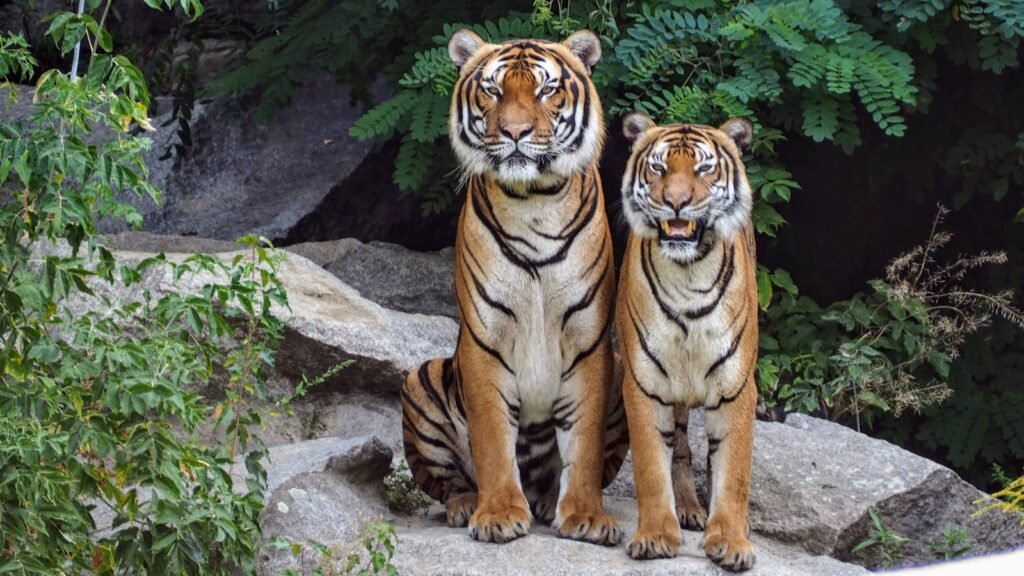
Photo by Thomas B. via Pexels
The decline in big cat populations is primarily due to habitat destruction, which results from human activities like deforestation, agriculture expansion, and urban development. These activities not only shrink the living space for big cats but also deplete their prey, making survival increasingly difficult. Additionally, illegal wildlife trade continues to pose a threat as demand for big cat parts persists in certain markets.
The Importance of Big Cats in Ecosystems
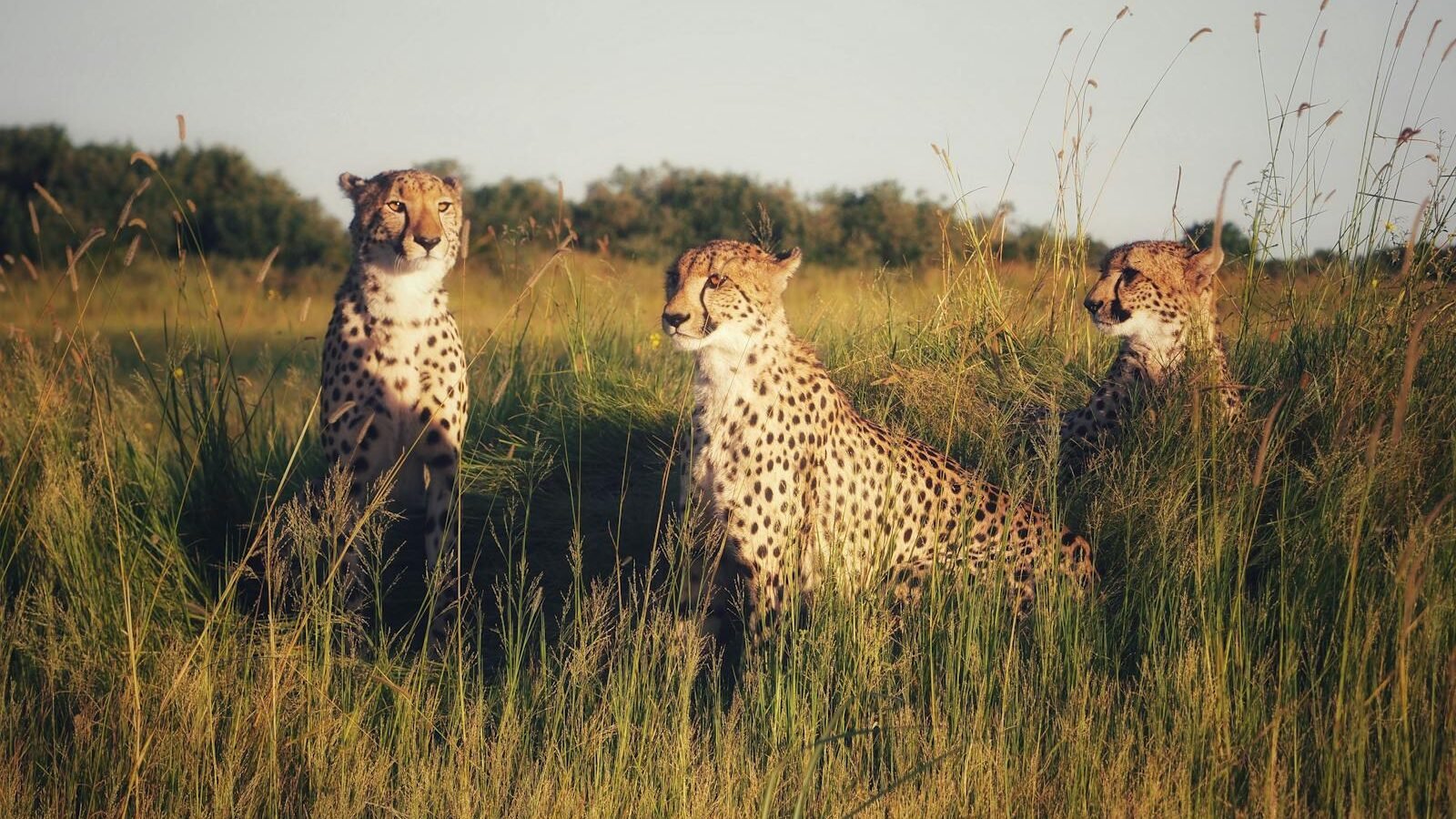
Big cats play a crucial role in maintaining the balance of their ecosystems. As apex predators, they help regulate the populations of herbivores, which in turn maintains vegetation balance and overall ecosystem health. The loss of big cats can lead to significant ecological disruptions, affecting biodiversity and the health of the entire ecosystem.
International Conservation Initiatives
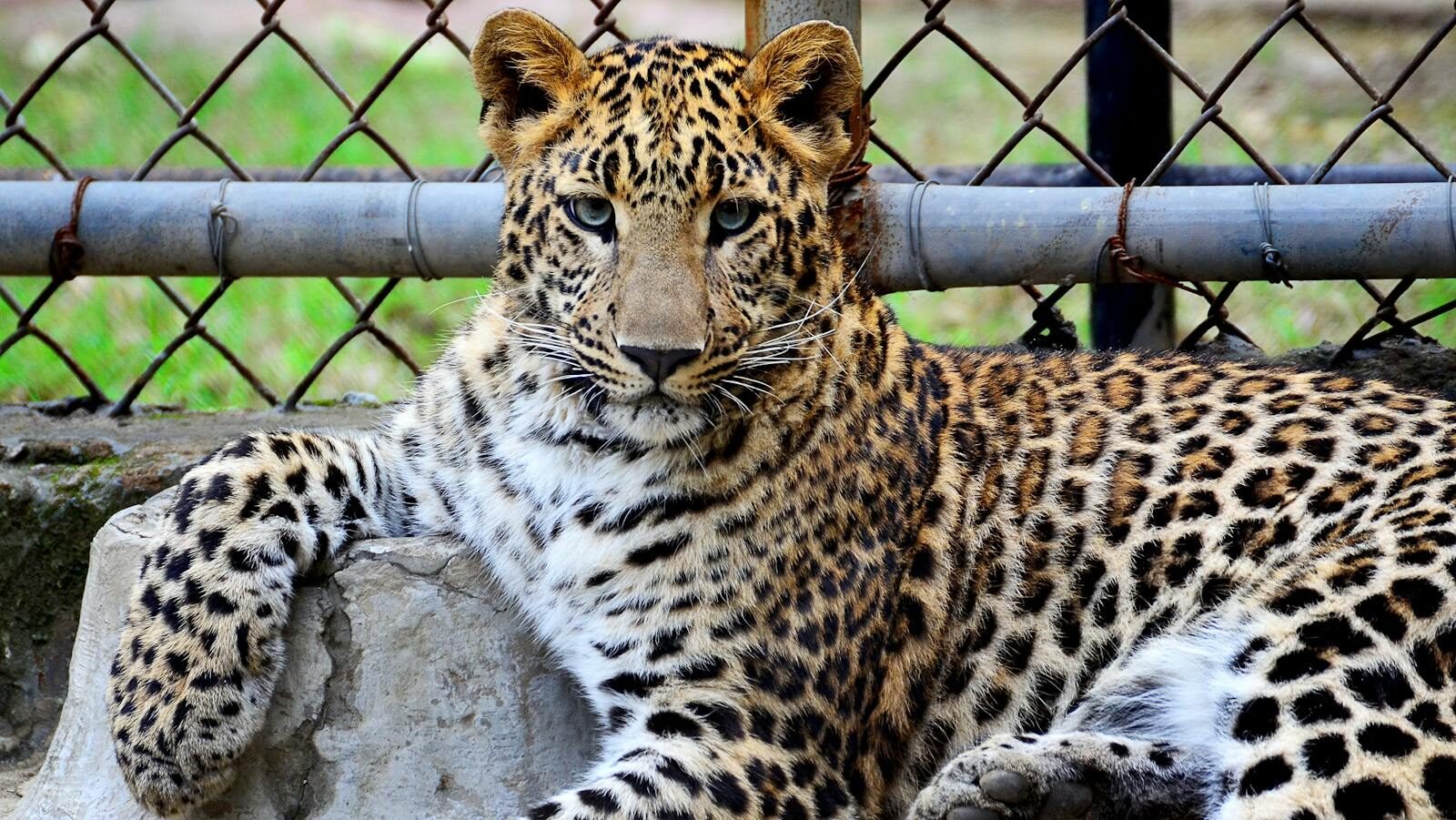
To combat the threat of extinction, various international organizations and coalitions have initiated conservation programs. The Convention on International Trade in Endangered Species of Wild Fauna and Flora (CITES) regulates international trade in big cats, providing them with legal protection. Additionally, the Global Tiger Initiative and Panthera’s initiatives focus on collaboration across countries to secure habitats and enhance anti-poaching efforts.
Community Engagement and Education

Engaging local communities is essential for the success of conservation efforts. Through education and awareness programs, communities living alongside big cats are encouraged to participate in conservation activities. These programs emphasize the ecological and economic benefits of preserving these animals, fostering coexistence rather than conflict.
Technological Advancements in Monitoring and Protection

Technology plays a vital role in modern conservation. Remote camera traps, GPS tracking collars, and drones are now commonly used to monitor big cat populations and movements. These tools aid in better understanding their behavior, planning effective conservation strategies, and preventing poaching incidents.
Success Stories in Big Cat Conservation
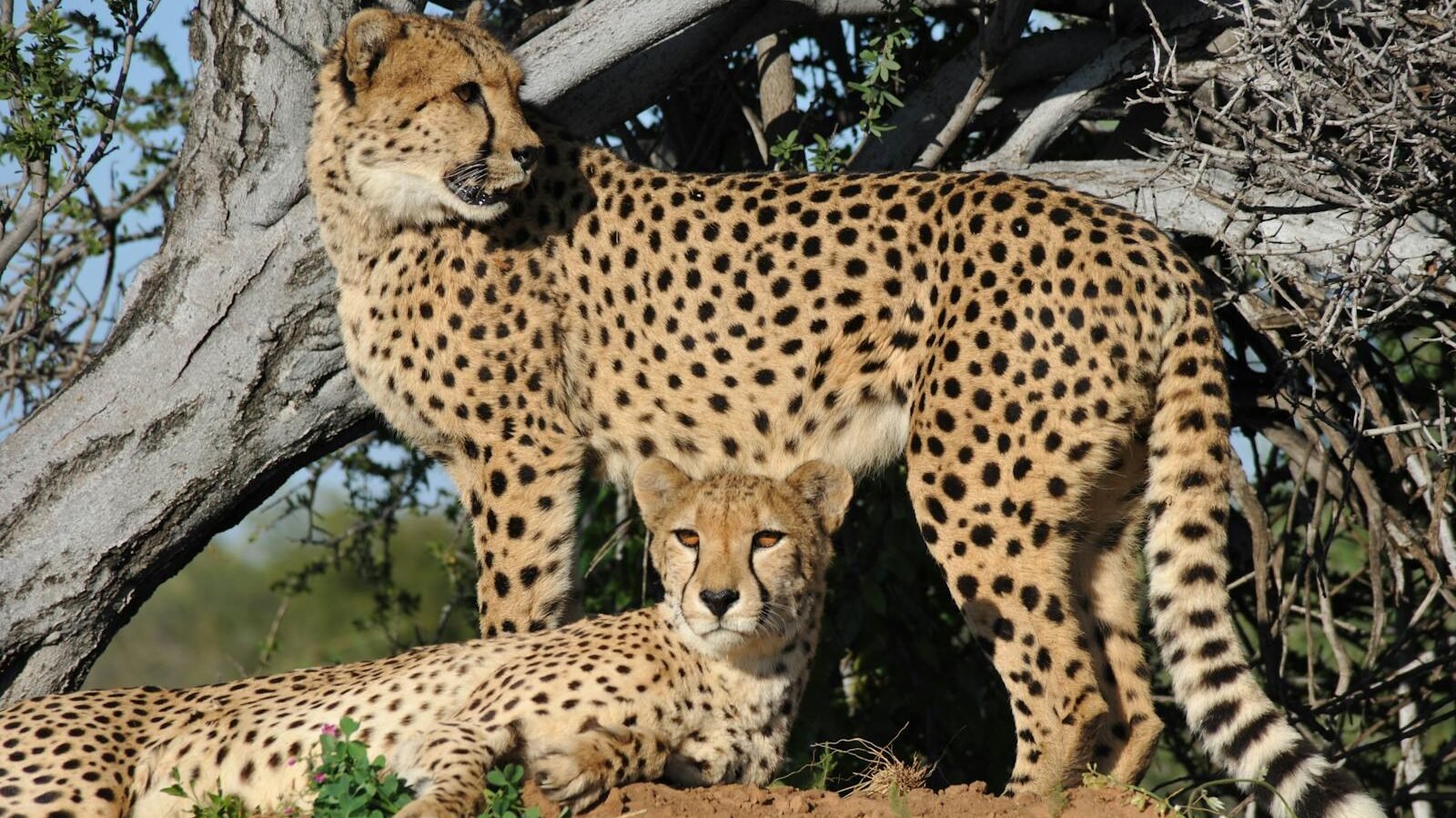
Several success stories highlight that with dedicated effort, big cat populations can recover. For instance, India’s Project Tiger has helped increase the tiger population from a few hundred to over 3,000 individuals today. Similarly, innovative projects in Africa have seen lions and cheetahs thrive in protected reserves.
The Role of Zoos and Breeding Programs
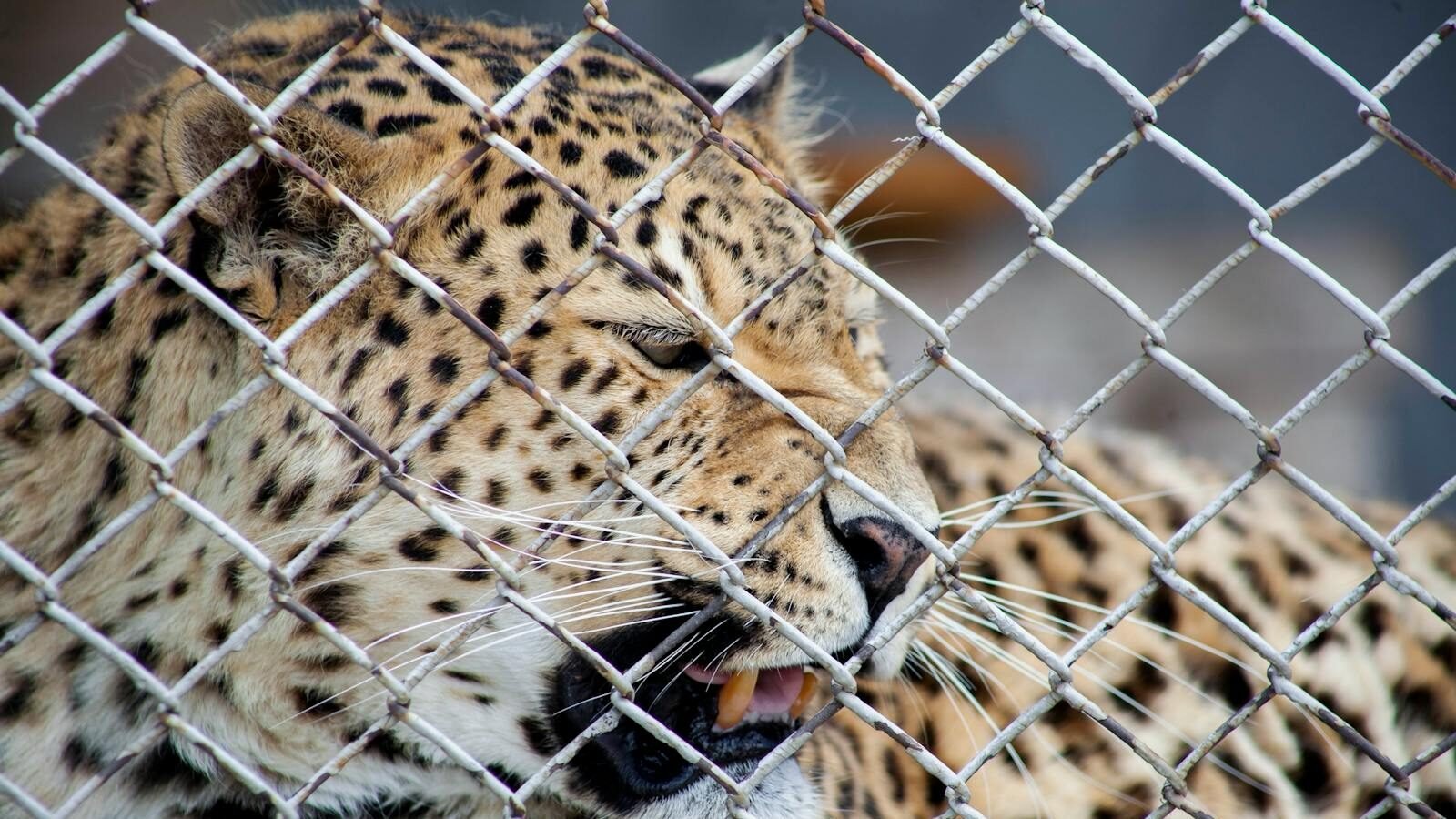
Zoos and breeding programs are critical in the preservation of genetic diversity and the reintroduction of big cats into their natural habitats. Well-managed zoos participate in Species Survival Plans that focus on breeding programs for endangered species, ensuring future generations of big cats can return to the wild.
Legal Frameworks and Policy Making

Strong and effective legal frameworks are necessary to protect big cats from illegal poaching and habitat encroachment. National governments are encouraged to enforce stricter penalties on wildlife crimes and invest in conservation-friendly policies. International collaborations are also essential to tackle cross-border wildlife trafficking.
The Future of Big Cats: A Call to Action
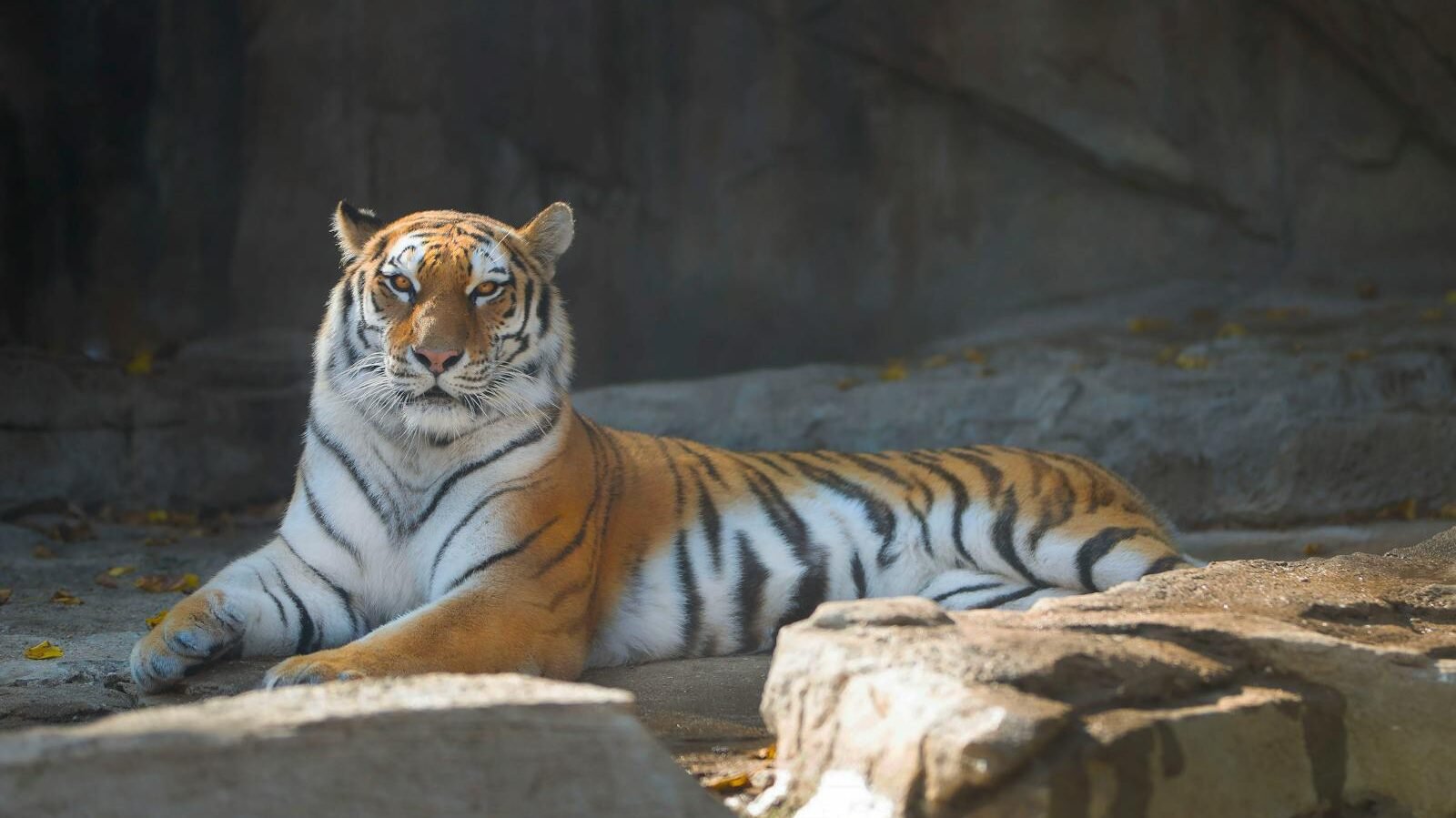
The fight to save the world’s big cats requires ongoing dedication and effort. Conservationists, governments, and the global community must continue to work together to implement sustainable solutions. By supporting initiatives and raising awareness, we can ensure that these magnificent creatures remain a vibrant part of our planet’s biodiversity.
Conclusion
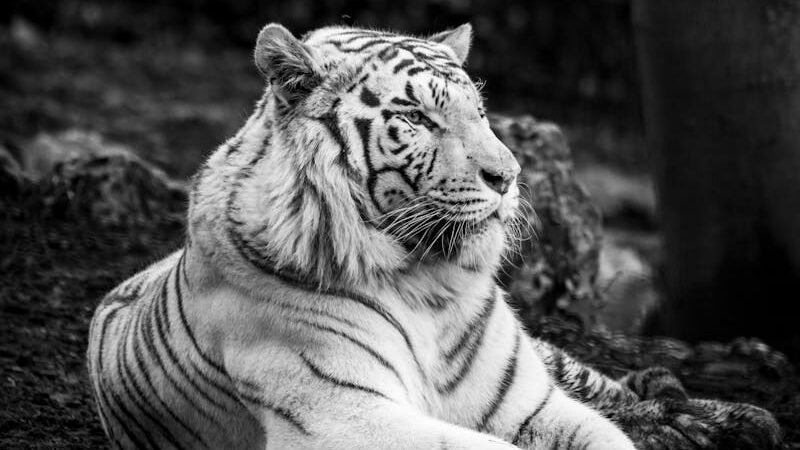
Big cats are at a critical crossroads, with extinction looming as a very real possibility for some species. However, the global effort to conserve these animals offers hope. Through collaboration, innovation, and dedication, we can secure a future for these extraordinary animals and the ecosystems they inhabit. Let us heed the call to action and contribute to the survival of big cats for generations to come.

With over a decade of experience as a dedicated cat lover and enthusiast, I specialize in writing captivating content about all things feline. My expertise shines through in creating engaging and informative pieces that resonate with fellow cat lovers. As a proud cat parent to my beloved Duston, my personal connection to the world of cats adds authenticity and warmth to my work, making it relatable and heartfelt.






